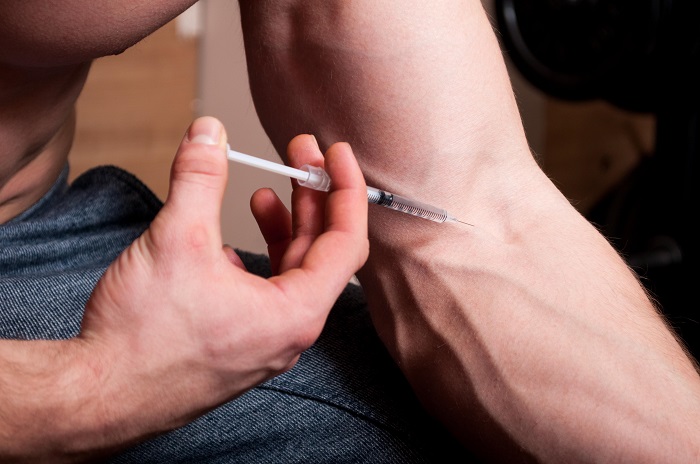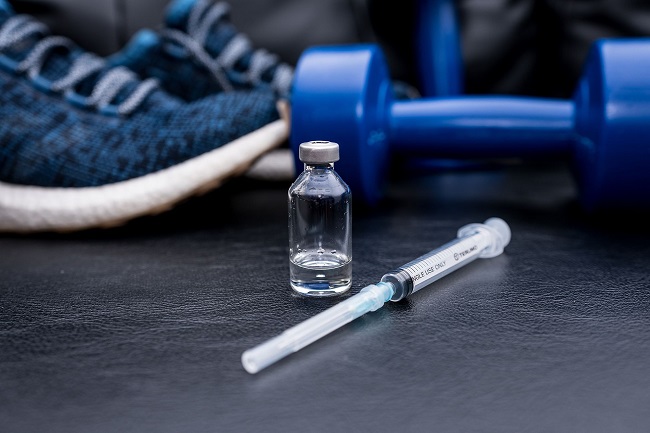Build Big Muscles? Strong Arms And Solid Triceps?
In each gym which you go to, you’ll people growing their muscle. Muscle combined with the pecs and also abdominal muscles are occasionally named vanity muscles because they are probably the most visible and for that reason commands the most regard. Invariably, once you ask somebody to show you his biceps, he is able to … Read more



